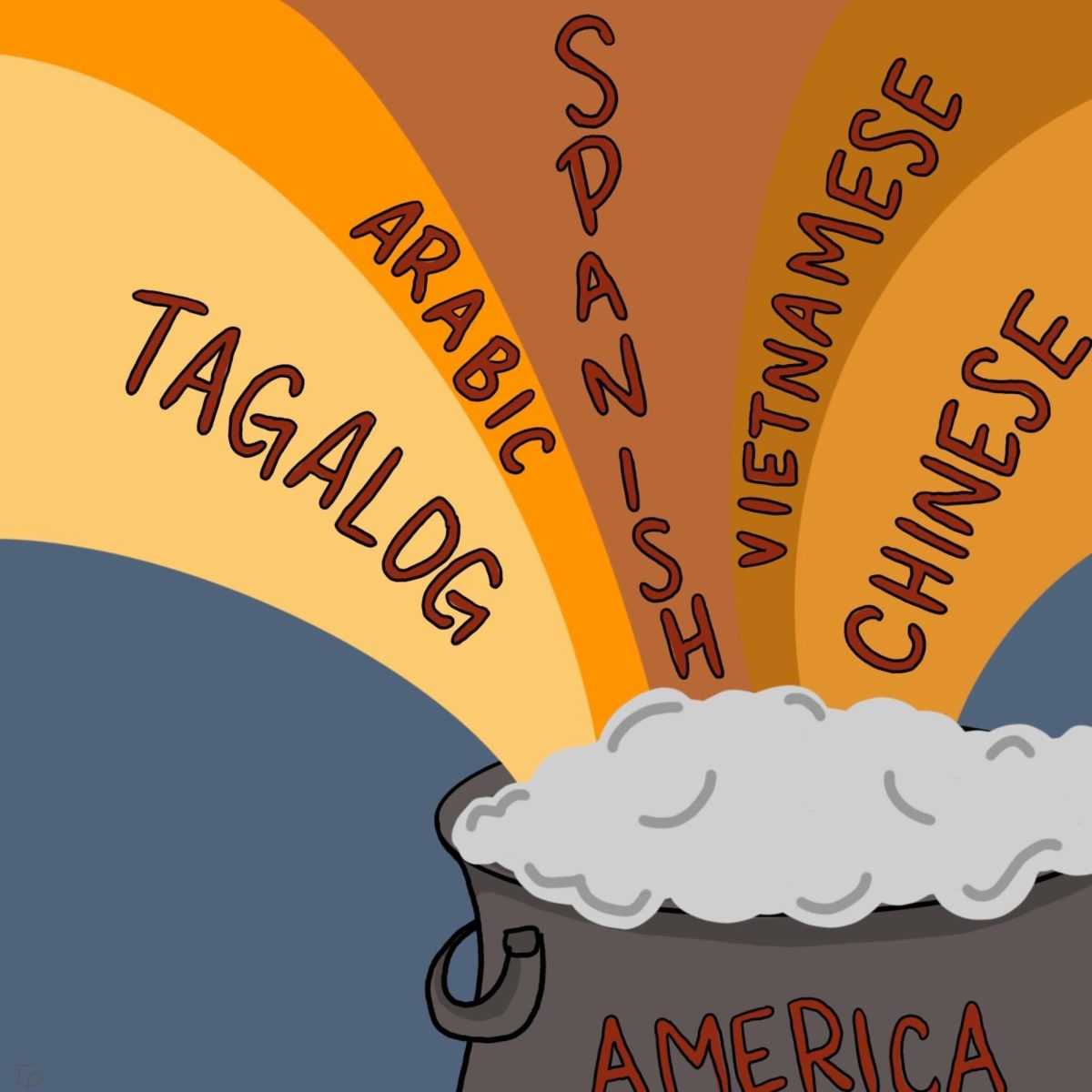Azzara: Text lingo pervades broader discourse
December 8, 2010
There is an ever-thinning line between proper English grammar and texting lingo.
A friend of… There is an ever-thinning line between proper English grammar and texting lingo.
A friend of mine recently told me an interesting story involving a request he made to a young employee of his. After repeating the same directions many times without a response, he decided that an e-mail might be the best way to get the message across to her. Thinking he would try to relate to her youth, he sent her a message that included the phrase “OMG” and multiple exclamation points.
Of course, the young employee was so upset — there might even have been tears involved — that my friend ended up getting reprimanded. This story is telling enough in itself, but my friend’s comments regarding the situation afterward really struck a chord.
He wondered how much worse the employee’s reaction would have been if he had picked up the phone and actually yelled at her. Or — God forbid — if he had told her what she was doing wrong to her face. He predicted that she simply would have melted into a ball of goo.
Have people of our generation really become so overly sensitive? More and more, we see this kind of thing happening all the time. Our generation seems to be especially responsive to the written word, a fact that is more than likely a direct result of constant texting and social networking on sites like Facebook, where communication between peers occurs mainly through typed messages.
Things such as subtle facial expression and voice inflection, which are easy to pick up on in spoken conversation, must be much more exaggerated in written form. We overuse punctuation, capitalization and the like in our texts and wall posts so as to avoid ambiguity. But this comes with the risk of becoming overly analytical about someone’s real intentions.
Today’s youth read into written words and communication in much the same way that people have always read into certain facial expressions or vocal intonations. Think about it. Have you ever assumed that your friend or significant other was mad at you simply because he or she didn’t include any punctuation in his or her text message? I know I have.
And you can’t say that you don’t feel at least a little disappointed every time someone answers a text with a simple “ok.” Not only is it boring, but many people take personal offense to such a concise response.
Personally, I always like to add a little flair to my wall posts and text messages. I tend to overuse exclamation points in order to better convey meaning. That is, of course, unless the tone of the message is somber, in which case the use of a sad face is in order.
And while we’re on the topic of emoticons, there are some people, and I’m sure you know at least one of them, who find it necessary to include some sort of smiley symbol in every text, e-mail or wall post. Though in the past this may have seemed a bit over the top, these days it’s commonplace for a smiley to indicate the tone of the message. Happy face for excited, sad face for depressed, winking face for, well, other occasions.
With all of these changes in punctuation, capitalization and smiley-face use, texting and Internet lingo is bound to carry over into other aspects of life. And according to a recent Chicago Tribune article, this is now happening in college classrooms.
The article focuses on the idea that not only are students becoming unacceptably informal in e-mails to professors, but the casual tone of texts, social networking sites and even Internet shorthand lingo is carrying over into their academic work and formal writing assignments.
According to USA Today, younger teens, who have had exposure to cell phones and texting for the majority of their lives, are having even more issues keeping texting language and abbreviations from creeping into their schoolwork.
The fact that written words are starting to elicit the same responses, analyses and preoccupations that face-to-face interactions is just one indicator of the lessening difference between texting lingo and English.
Of course, as long as we know where to draw the line between the virtual world and the real world, these blurred lines should remain rather harmless. Whether that’s possible in our ever-more technological society is another issue entirely.
Write Katie at kna6@pitt.edu.


